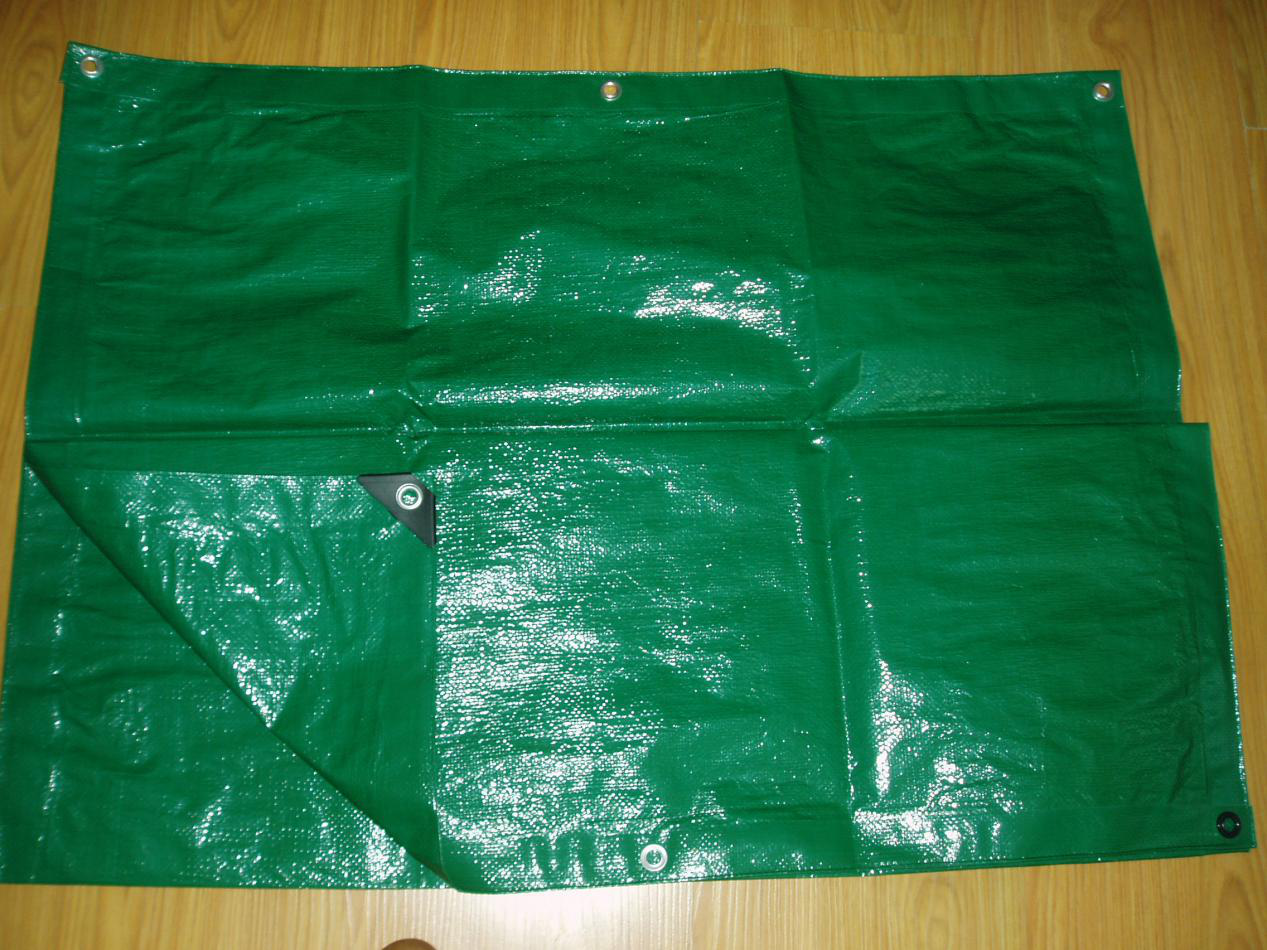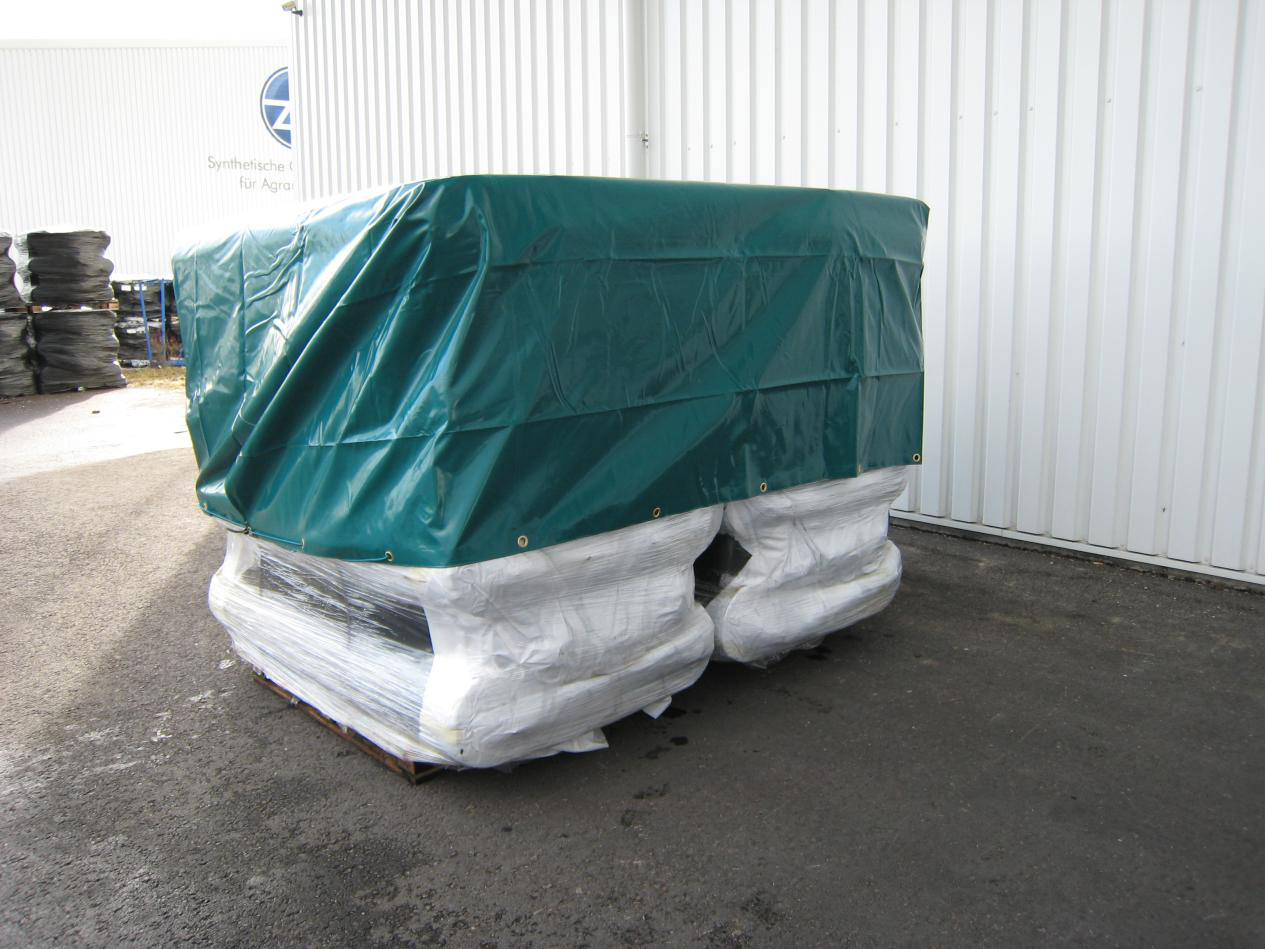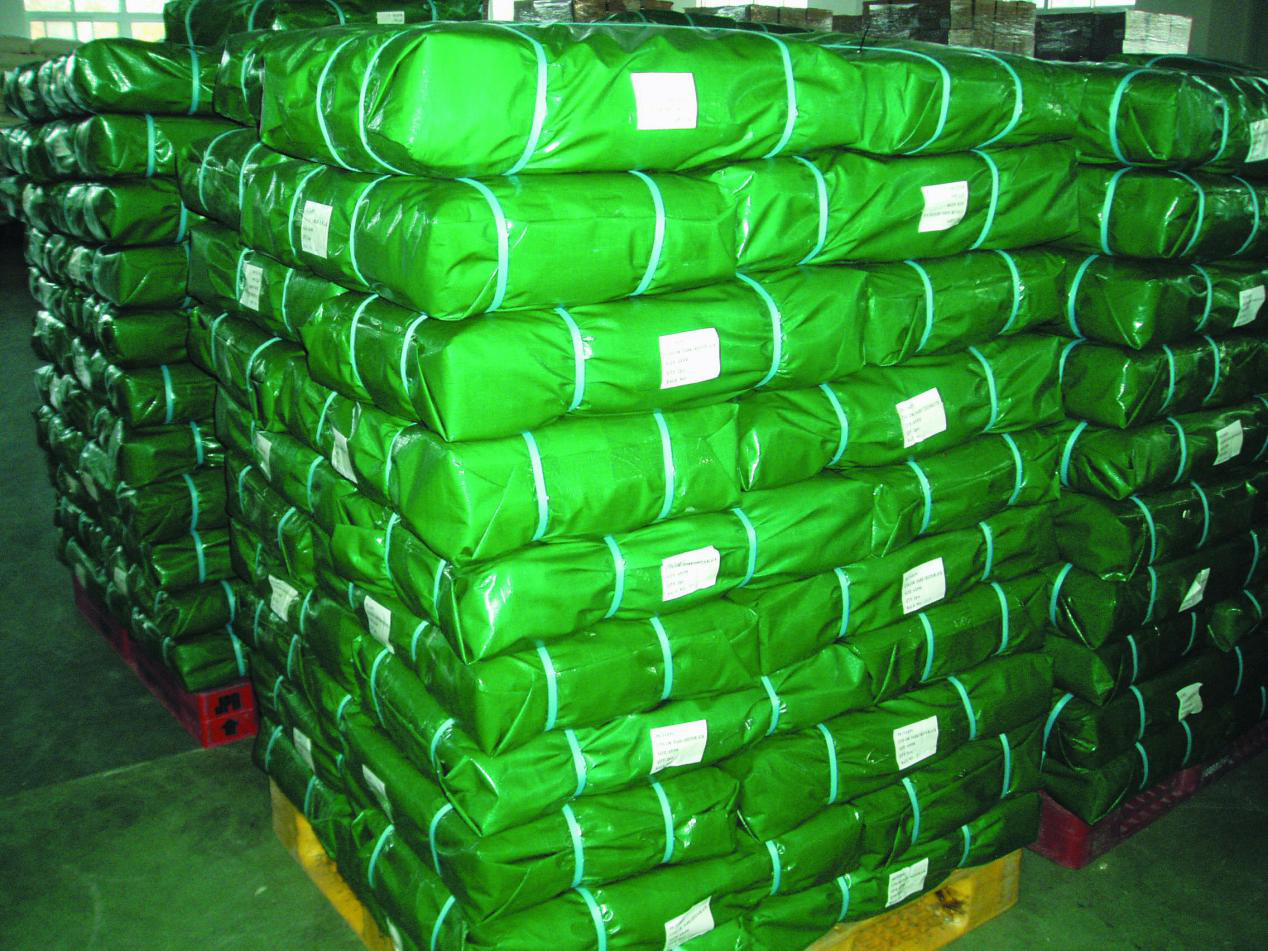Heat Treatment Process of 25Cr2MoV Steel Boiler Bolt Fasteners Chang Tiejun Yin Shutong Jiang Shuli Liu Ruijie 2 (1. School of Mechanical and Electrical Engineering, Harbin Engineering University, Harbin 150001, China; Harbin Boiler Factory, Harbin 150040) and the effect of tempering temperature on the mechanical properties of 25Cr2MoV steel, and The microstructure of the steel after quenching and tempering was analyzed by means of SEM, TEM and OM. It was found that the heat treatment process of 960 °C×30min oil cooling +660°C×6h air cooling not only achieved the mechanical properties of the steel, but also the product quality. Satisfactory.
boltsfastenermechanical25Cr2MoV steel is a medium carbon chromium molybdenum vanadium heat resistant steel used in the boiler manufacturing industry to work at 510C bolt material. It has good room temperature comprehensive mechanical properties, and has good high temperature performance and anti-relaxation. . The Harbin Boiler Plant uses the heat treatment process of 930C oil quenching + 670C tempering for 1.5h to process the 25Cr2MoV steel boiler fastening bolts, and according to the relevant standard 1 11, the factory standard 3084015 is shown in Table 1. According to this standard, Harbin Boiler Factory has tested the mechanical properties of 103 25Cr2MoV steel bolt fasteners with dimensions of 24~75mm produced between January 1981 and August 1989. The statistical results show that (see Table 2), The failure rate is 242%, the failure rate is 10.6%, and the hardness failure rate is 35.5% and 455%. It can be seen how to control the matching of mechanical properties 0s, 0b and HB, which is the key issue to improve the product qualification rate. The root of the problem is to optimize the best heat treatment process.
1 Test plan and test method 11 Test plan test Firstly, the microstructure and mechanical properties of 900C 1020C5 temperature quenching and tempering (670°CX6h, air cooling) under the same process are analyzed. Based on this, L々b and L分æžb are analyzed. The matching of HB, further determine the quenching temperature and tempering temperature, through the analysis of microstructure and mechanical properties, find the best mechanical properties and hardness matching heat treatment process.
12 test method test using H15 box type resistance furnace, static tensile test according to GB6397 - Zhou Jingbin, Zhou Lixin, Wan Nong. Effect of T91 steel alloy elements on long-term strength Table 1 Mechanical properties of 25Cr2MoV steel bolts (3084015 standard) Specifications/mm Mechanical properties fluctuation range Fluctuation difference Unqualified rate 1986 standard processed into 10mm short specimens, in Wf10A universal tensile test A tensile test was carried out on the machine. The impact specimen was processed into a U-notch standard specimen according to the GB/T229-1994 standard, and the room temperature Ak value was measured on a TB30B impact tester. The HB value was measured on a Brinell hardness tester. The metallographic structure was etched with a 3% nitric acid alcohol solution, and then subjected to a tissue separation on a Neophot-21 metallographic microscope (Day). Development of high-strength 9CrW/steel and forged steel (NF616) for boilers. World Steel, 1998, analysis. The metallographic samples after etched were analyzed by S-240 scanning electron microscopy and the morphology and distribution of carbides were observed by H-600 transmission electron microscopy.
2 test results and analysis 21 mechanical properties Table 3 is the mechanical properties test results of 25Cr2MoV steel after different processes; for the above heat treatment process test and the HB value and 3084015 standard approximation chart. It is the effect of tempering (650, 660, 670 °C) on the respective XHB and Ak values ​​at different temperatures after quenching (960 °C) at the same temperature.
It can be seen that when the quenching temperature is certain (960C), with the increase of tempering temperature, ', Table 3 25CT2MoV steel mechanical properties number heat treatment process under different heat treatment conditions HB (average) 6h air-cooled 25Cr2MoV steel quenched at the same temperature Mechanical properties at (960 ° C) tempering at different temperatures (650, 660, 670 °) 2.2 Microstructure analysis The effect of quenching temperature on the microstructure of 25Cr2MoV steel, the microstructure of the steel was found to be quenched below 960C. Martensite (M) ten bainite (B) tenth free ferrite (F) mixed structure (see, 4), quenching at 900 ° C, the amount of F is more, and F is a block As the quenching temperature increases, the amount of F decreases, the amount of M increases, and the M-strip beam is refined. When the quenching temperature is increased to 960 C, the microstructure under M+B is obtained (see, 6). Analysis of the influence of quenching temperature on the microstructure, it can be confirmed that the quenching temperature of the original heat treatment process is low, the obtained structure is coarse and the amount of F is too large, so that the final structure after tempering is coarse F+ tempered sorbite (S back ). Obviously, this kind of organization is not ideal. The existence of a large number of massive F will make the carbides in the microstructure not disperse, which will cause a large amount of carbide precipitation along the grain boundary, which will make the impact toughness in the long-term operation of the bolt. The degree of sharp decrease, while the coarseness of the structure also makes the mechanical properties at room temperature lower. We hope to obtain a uniform S-back structure, which not only helps the bolt to maintain the S-back structure during long-term operation, but also ensures the strength of the room temperature index, has a high level, and at the same time, the hardness value HB fluctuation range is reduced due to the uniformity of the structure. . Therefore, it is necessary to increase the quenching temperature to 960 C. The grain size of the quenched austenite is 12 at this temperature, and the quenching temperature is too high (more than 990 ° C) to cause austenite grain growth (8 ~9 level). Therefore, a quenching temperature exceeding 960 C is not preferable.
After determining the quenching temperature, the tempering temperature is adjusted to get the best texture.
For tempering at 930 °C, the tempering structure of ten 670C, the structure is S back to ten B under ten F; for the microstructure obtained by tempering 660C quenching at 660C, it can be seen that the content of F is very small, basically S is back to ten. B is the main. 10 is the transmission electron micrograph of the above two processes. It can be seen that the carbon y and y-enriching of the 960C quenching 660C tempering process tend to grow.
Comprehensive mechanical properties and microstructure analysis can be determined: 960X30min oil quenching +660CX6h air cooling process is the preferred optimal heat treatment process.
If you want to quench the structure, the grain size of the austenite at this temperature is 12, and the grain of austenite grows to 8 to 9 when it exceeds 990C.
Quenching +660X6h air cooling process, the process has a large margin of strength and the hardness HB value is located in the median area of ​​the inspection standard.
The Green PE Tarpaulin is HDPE woven cloth and LDPE green color laminated on both sides. The Green color can be light green, dark green, olive green, etc, it is according to customer demand. PE tarpaulin have the features of tear-proof, water-proof, washable, anti-rot and UV-stabilized, so they are usually used for storage cover, utility cover, home cover, pool cover, machinery cover, scaffolding cover, agricultural cover, hay cover, trucks boats and tools cover, sports equipment cover, etc.
As to the Green plastic tarpaulin, the weight we can produce are usually 48gsm-300gsm. Both of ready made sheet and in roll PE tarp can be produced. As to the ready made sheet, it is usually reinforced polypropylene rope in welded hems. Rust resistant aluminium grommets every 3 feet or every 1 meter. Each tarpaulin is folded and put in a transparent polybag with a paper insert, suitable pieces pressed in a bale(usually 20kgs a bale)




We are very professional PE Tarpaulin manufacture since 1998. Living in competitive market for many years, we always have confidence, because quality is our brand. For other points, such as price, delivery time, service and payment term, we will make you satisfied. If you have demand, welcome to contact us, we will always be there.
Green PE Tarpaulin
Green PE Tarpaulin,Heavy Duty Green PE Tarpaulin,Heavy Duty Green Poly Tarp,Green PE Tarp Sheet
HEBEI OHONG PLASTIC CO. LTD. , https://www.tarpaulin-factory.com